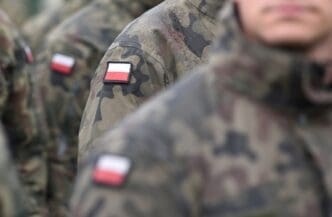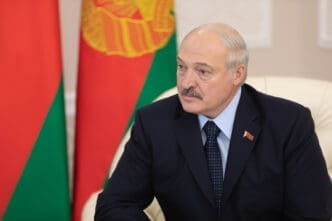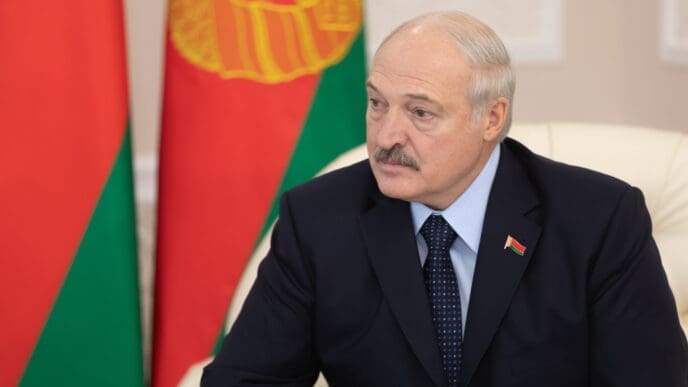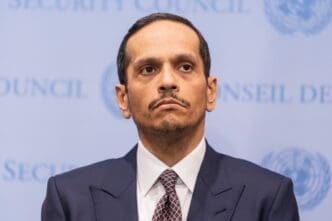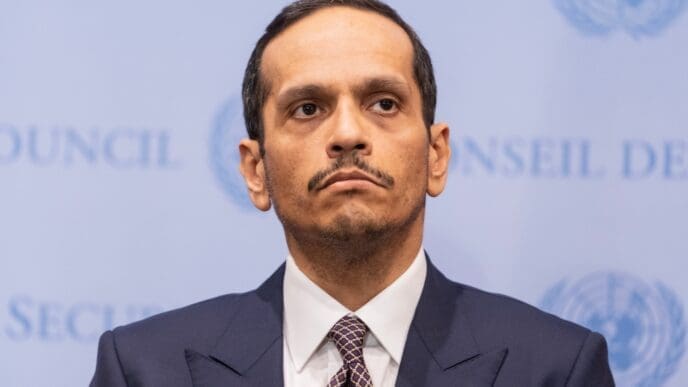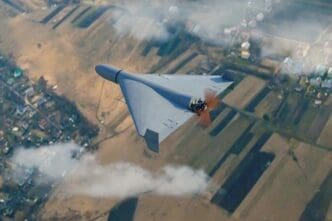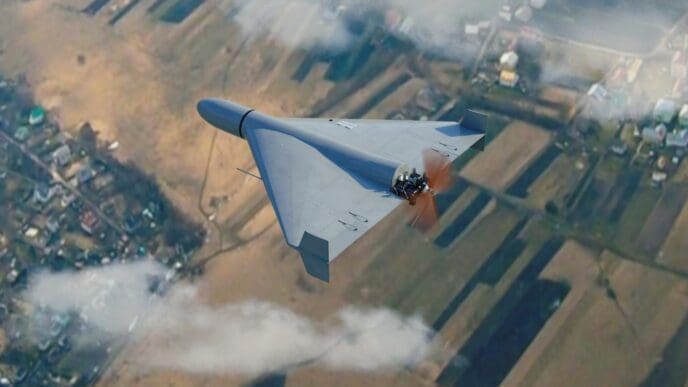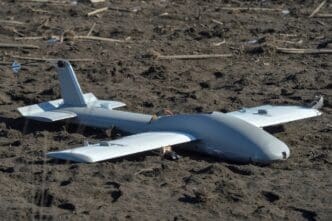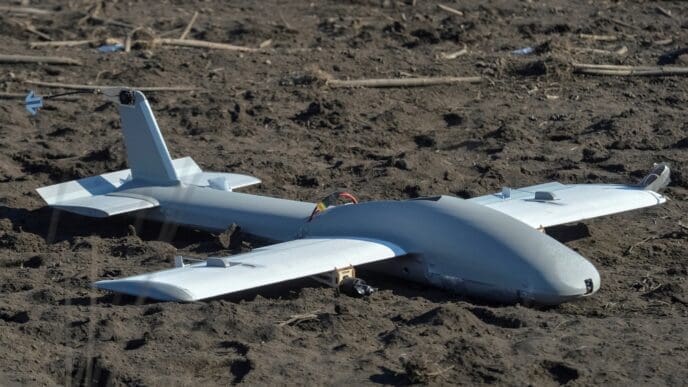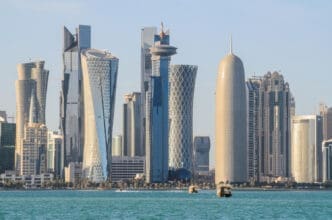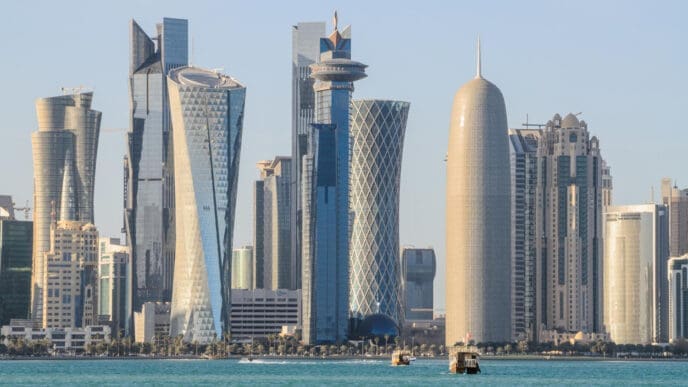Executive Summary
The Story So Far
Why This Matters
Who Thinks What?
Poland has formally triggered Article 4 of the North Atlantic Treaty Organization (NATO) after reporting 19 breaches of its airspace by Russian drones on Wednesday. NATO fighter jets intercepted and shot down multiple Russian drones that violated Polish territory during an attack on neighboring Ukraine. This incident marks the first time shots have been fired by the alliance since the beginning of the war in Ukraine, with Polish officials characterizing the incursions as a “Russian provocation.”
Understanding NATO Article 4
The invocation of Article 4 allows any member country to formally bring an issue to the attention of NATO’s principal decision-making body, the North Atlantic Council, for discussion and to determine next steps with allies. The article states: “The Parties will consult together whenever, in the opinion of any of them, the territorial integrity, political independence or security of any of the Parties is threatened.” This consultative process is distinct from Article 5, which declares an armed attack on one ally as an attack against all, prompting collective defense.
Discussions under Article 4 could potentially lead to joint decisions or actions on behalf of the Alliance, as all alliance decisions are made by consensus. The consultation Poland called for took place Wednesday morning at a regular meeting of the North Atlantic Council in Brussels, Belgium.
Details of the Incursion and Polish Response
Polish Prime Minister Donald Tusk announced the drone intrusions, noting that a “large proportion” of the unmanned aerial vehicles entered from Belarus. He described the incident as an “unprecedented violation” and confirmed Poland’s invocation of NATO Article 4. Other Polish officials suggested the sheer number of drones indicated a deliberate act by Russia.
Polish prosecutors identified at least some of the downed drones as Russian versions of the Iranian-designed Shahed, known as Gerbera. Addressing Poland’s parliament, Tusk stated that while the country was not in a state of war, it was closer to a conflict than at any time since World War II, facing an “enemy that does not hide its hostile intentions.”
International Reactions and Russia’s Statement
Polish President Karol Nawrocki commented that the Russian provocation appeared to be an attempt to test NATO’s capabilities and response, asserting that Poland had passed these tests. In response to the incident, Poland’s Armed Forces announced a restriction on air traffic in the eastern part of the country through December 9 and indicated that the UN Security Council would convene an emergency meeting.
Meanwhile, Russia’s defense ministry confirmed it had carried out a strike against Ukraine overnight. It denied any plans to target Poland and claimed its drones used in Ukraine have a flight range of no more than 700 kilometers. Russia dismissed the incident as “myths” aimed at escalating the crisis.
Historical Context of Article 4 Invocations
This is the eighth time Article 4 has been triggered since NATO’s formation in 1949. Most recently, Poland and other countries requested consultations immediately following Russia’s full-scale invasion of Ukraine in February 2022. Poland also invoked Article 4 in March 2014, following increasing tensions in neighboring Ukraine due to Russia’s aggressive actions, including the illegal annexation of the Crimean Peninsula. The other rare invocations of Article 4 have been by Turkey, related to threats originating from Iraq and Syria.
NATO’s Immediate Assessment
Following the North Atlantic Council meeting, NATO Secretary General Mark Rutte stated that allies expressed solidarity with Poland and condemned Russia’s reckless behavior. A full assessment of the incident is currently underway. NATO’s Supreme Allied Commander Europe noted that it was not yet known whether the drone incursion was intentional or unintentional. US President Donald Trump reacted to the incursion with bemusement.

